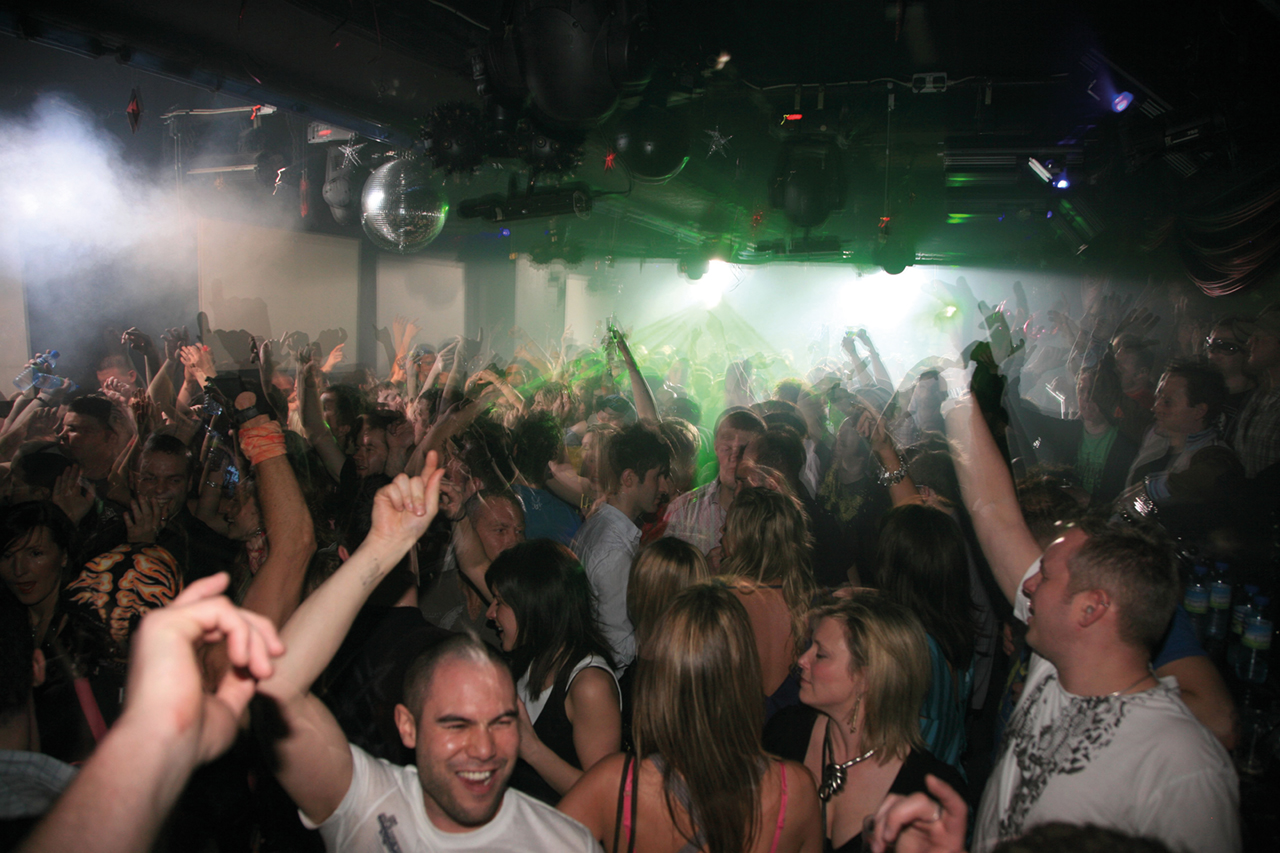Body heat powers club
Energy on the dancefloor is stored until it’s needed
Live music is under pressure to clean up its environmental record, but the push has mainly focused on footprints tied to the relentless travel that comes with touring. Now one Scottish party destination is leading the way in reducing the impact of running a nightclub by harnessing power from the dance floor.
The Bodyheat system is the result of a partnership between Glasgow nightlife institution SWG3, geothermal power firm TownRock Energy and engineering consultancy Harley Haddow. Replacing traditional air conditioning and heating, the technology channels heat created by crowds through five kilometres of pipework and into underground boreholes, which act as battery cells. Energy captured and stored can then be used as needed.
A total of £600,000 was needed to realise the ambitious project, around one-third coming from the venue, with the Low Carbon Infrastructure Transition Programme and District Heating Loan Fund picking up the remainder. That is costly enough to out-price some grassroots establishments but long-term savings are impressive. SWG3 management believe they could potentially reduce carbon waste by 70 tonnes per year.
Operating costs are also set to fall, with a four-fold reduction on bills possible over the coming months – music to the ears of a sector left beleaguered by the pandemic and now facing a devastating energy crisis. According to the Night Time Industries Association, fuel costs for venues increased by 300 per cent between summer 2021, when Covid-19 restrictions ended, and autumn 2022.
“A lot of our marketing has been around electronic music programming – those events generate the most body heat and are the main part of our music programme,” said SWG3 director Andrew Fleming-Brown, before explaining the first time Bodyheat was put to the test with a full audience was actually an art project and community dance evening, making it clear the system has uses that go beyond the sweaty confines of an all-night rave.
“You don’t notice the difference. Ultimately there isn’t a big visual change from what was installed before. The system replicates and looks like air conditioning,” said Fleming-Brown. “So there’s a lot we want to do now in terms of engagement, audience engagement.
“It would be great for people to see their impact in real time, a way for the heat in the room to be visualised – it would look fantastic on big screens, so you can start to see how it’s working. We’re trying to build a brand around it and business – it can offer a real opportunity for the industry.”
David Townsend, CEO at TownRock Energy, also believes Bodyheat can find homes in other locations and types of venue, although there are some limitations. Due to the money required, venues will need to work on a basis of recouping investment through cost savings over several years, meaning the high number of nightlife and event spaces that do not own their own building would struggle to make this viable. But those interested in exploring options are encouraged to use a dedicated online portal that can determine suitability.
“On the bodyheat.club website there’s a survey to fill in, which then comes to us and we will make contact to help others understand if this might work,” Townsend said. “One key metric is if the venue needs both heating and cooling across a week, or across a year, or across a day. If it only ever needs cooling in summer and never needs any heating, or if it only ever needs heating in winter, and never any cooling, the system isn’t quite as applicable. Then it’s also about frequency of use – you want avenue with people in it three, four, five days a week.”
While this restricts scalability, other venues – including addresses in nightlife hotspots like Berlin and London – have already made inquiries, and support for more widespread adoption is evident out on the dancefloor too.
“It feels like there is a lot of pressure from society and the media telling us that we must act now and make changes to our daily lives to help save the planet,” said Jennifer Barnes, a casino manager from Glasgow who has attended events powered by Bodyheat.
“This gives us the opportunity to feel like we are contributing to something incredible and worthwhile whilst doing something we love. It feels innovative, and to be a part of something that could change the way clubbers give back feels amazing.
“I think it should be installed in all venues that have the capacity to make Bodyheat work, and if they could adapt the system for other spaces that’s something that should also be considered. It’s great to make a positive change in society without having to change your lifestyle.”
Photo: Warm feelings: dancefloor energy can be harnessed (Liat Chen/Shutterstock)

Leave a reply
Your email address will not be published.